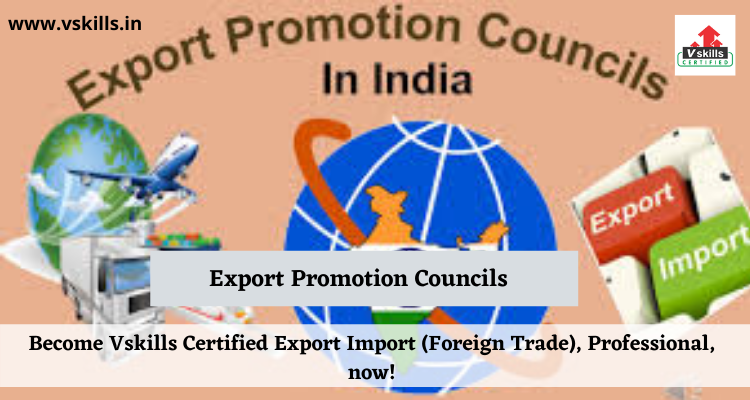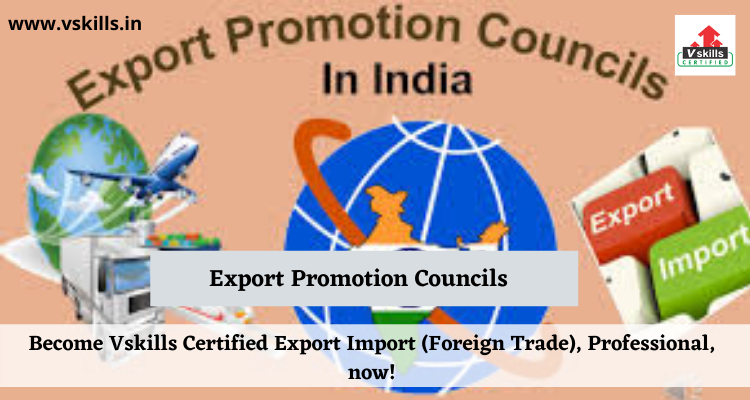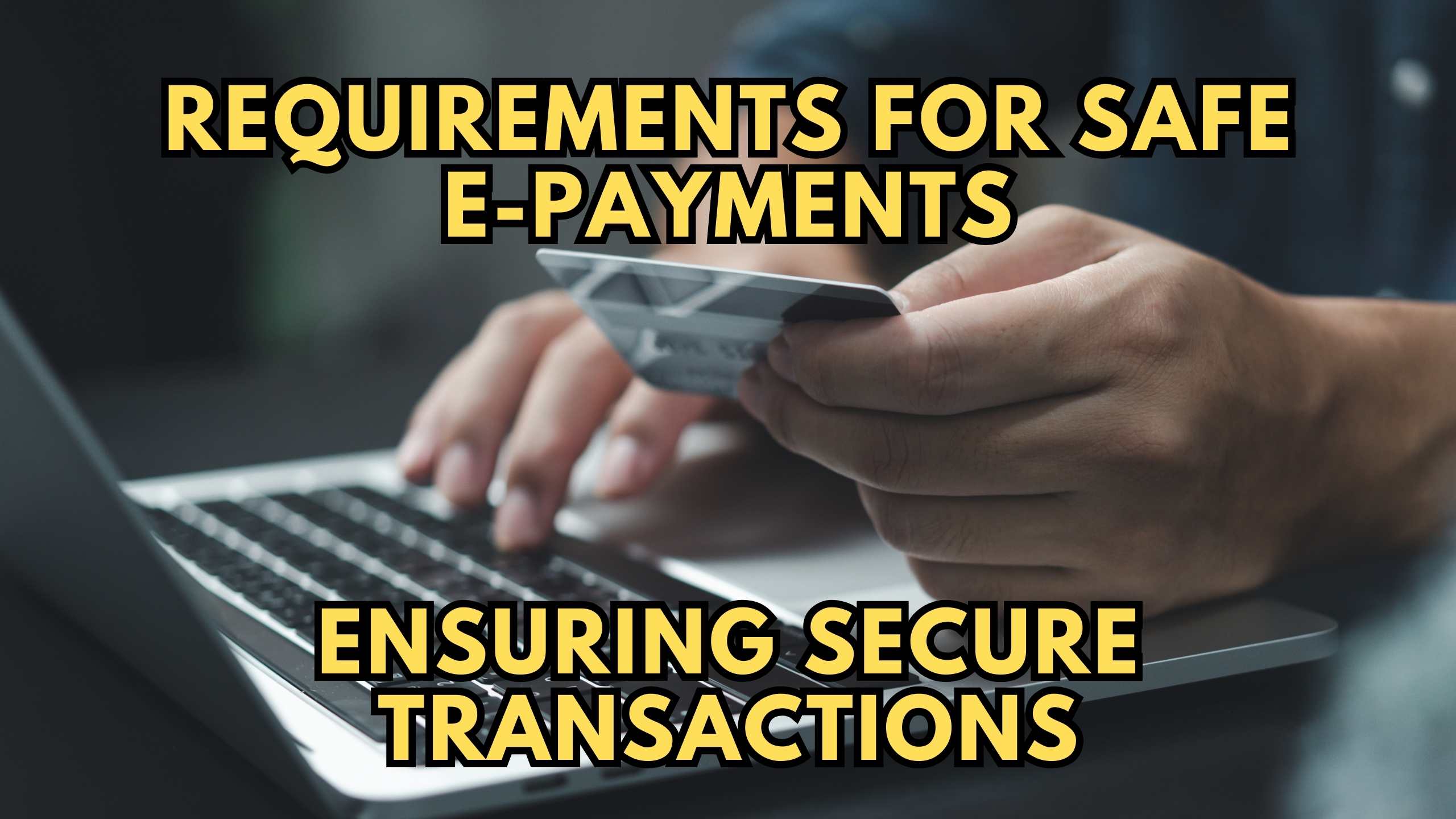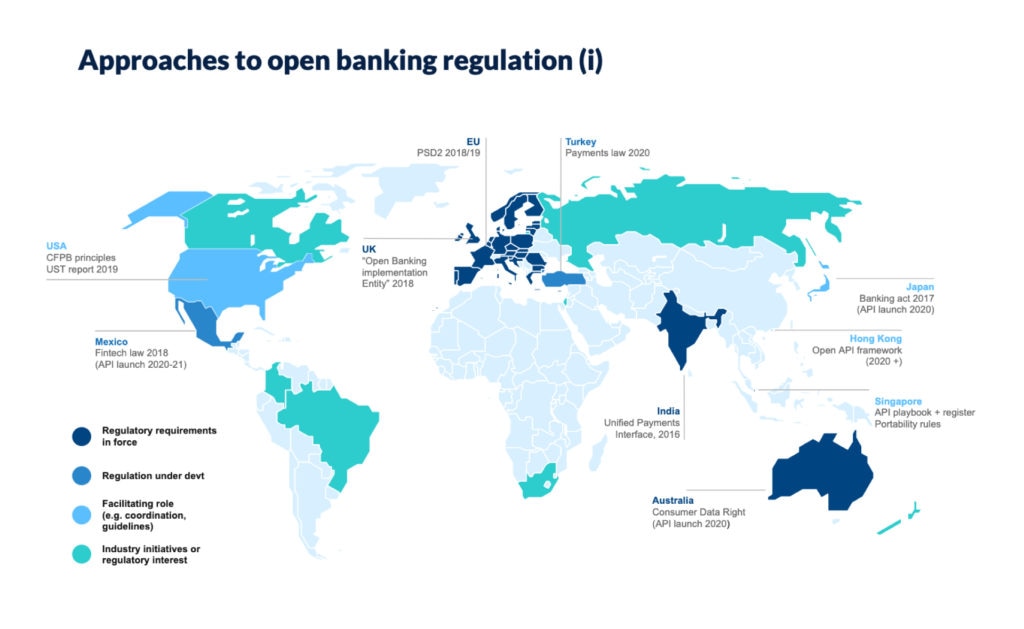
Export Promotion Programs: Boosting National Exports – Your Guide to Global Growth
Imagine a country where businesses, big and small, are confidently selling their products and services to customers all over the world. This isn’t just a dream; it’s a reality actively pursued by governments through something called Export Promotion Programs (EPPs).
In today’s interconnected global economy, exporting isn’t just for multinational giants. It’s a powerful avenue for businesses of all sizes to grow, innovate, and create jobs. For nations, it’s a cornerstone of economic strength, bringing in foreign currency, fostering innovation, and enhancing international standing.
This comprehensive guide will demystify Export Promotion Programs, explaining what they are, why they’re so crucial, and how they empower businesses to reach international markets, ultimately boosting national exports.
What Exactly Are Export Promotion Programs (EPPs)?
At its core, an Export Promotion Program (EPP) is a set of initiatives, services, and policies designed by governments and trade organizations to encourage and support domestic businesses in selling their goods and services to foreign markets. Think of them as a helping hand, a guide, and sometimes even a financial boost for companies looking to step onto the global stage.
EPPs aim to reduce the risks, costs, and complexities associated with international trade, making it more accessible, especially for businesses that might otherwise hesitate to export.
Why is Exporting So Important? (For Both Businesses and Nations)
Before diving into the programs themselves, let’s understand why exporting is such a big deal.
For Businesses: Unlocking New Opportunities
- New Customers & Increased Sales: Your local market has limits. Exporting opens up vast new customer bases, potentially multiplying your sales and revenue.
- Higher Profits: Foreign markets might offer higher prices or less competition, leading to better profit margins.
- Diversification of Risk: Relying on a single market can be risky. Exporting spreads that risk across multiple markets, making your business more resilient to local economic downturns.
- Enhanced Competitiveness & Innovation: Competing globally forces businesses to innovate, improve product quality, and become more efficient. This makes them stronger overall.
- Prestige & Brand Building: Being an international exporter can significantly boost your company’s reputation and brand image.
- Economies of Scale: Increased production for export can lead to lower per-unit costs, making your business more efficient.
For Nations: Powering Economic Growth
- Economic Growth & Job Creation: More exports mean more production, which translates into more jobs in manufacturing, services, logistics, and related sectors. This fuels the national economy.
- Foreign Exchange Earnings: When a country exports, it earns foreign currency. This is vital for importing essential goods (like oil or technology) and for maintaining a stable currency.
- Improved Balance of Trade: A strong export performance helps improve a nation’s balance of trade (the difference between exports and imports), which is a key indicator of economic health.
- Technological Advancement & Innovation: Exposure to international markets and competition encourages domestic industries to adopt new technologies, improve processes, and innovate, leading to a more advanced economy.
- Increased Global Influence: Nations with strong export sectors often have greater economic and political influence on the global stage.
- Market Diversification: Relying on a narrow range of products or markets can be risky for a country. Export promotion encourages diversification, making the national economy more robust.
The Pillars of Support: Key Types of Export Promotion Programs
Export Promotion Programs come in many forms, often tailored to specific industries or business needs. They generally fall into these broad categories:
1. Financial Support and Incentives
One of the biggest hurdles for new exporters is the cost and financial risk involved. EPPs help mitigate this.
- Export Credit & Loan Guarantees:
- What it is: Government agencies or specialized banks provide loans or guarantee loans from commercial banks to exporters. This reduces the risk for banks, making them more willing to lend.
- How it helps: Provides working capital for production, marketing, and shipping, or helps finance foreign buyers, making your products more attractive.
- Export Credit Insurance:
- What it is: Protects exporters against the risk of non-payment by foreign buyers due to commercial (e.g., bankruptcy) or political (e.g., war, currency controls) reasons.
- How it helps: Gives businesses confidence to sell on credit terms to foreign buyers, which is often necessary to compete.
- Grants and Subsidies:
- What it is: Direct financial assistance for specific export-related activities, such as participating in trade shows, conducting market research, or obtaining certifications.
- How it helps: Reduces the upfront cost of exploring and entering new markets.
- Tax Incentives:
- What it is: Special tax breaks or rebates for export-oriented businesses. This might include lower corporate taxes on export earnings or duty drawbacks on imported inputs used in exported goods.
- How it helps: Makes exporting more profitable and competitive.
2. Information, Training, and Capacity Building
Knowledge is power, especially in complex international markets. EPPs provide crucial information and skill development.
- Market Research & Intelligence:
- What it is: Providing access to detailed reports, statistics, and analysis on foreign markets, including consumer trends, competitor analysis, and import regulations.
- How it helps: Helps businesses identify the best markets for their products and understand the local landscape.
- Export Training & Workshops:
- What it is: Seminars and training sessions covering various aspects of exporting, such as international finance, logistics, legal agreements, cultural nuances, and digital marketing for export.
- How it helps: Equips businesses with the necessary skills and knowledge to navigate the complexities of international trade.
- Export Counseling & Mentorship:
- What it is: One-on-one advice and guidance from experienced trade professionals or mentors.
- How it helps: Provides personalized support, helps troubleshoot problems, and offers strategic direction.
- Export Readiness Assessments:
- What it is: Tools or services that help businesses evaluate their preparedness for exporting and identify areas for improvement.
- How it helps: Ensures businesses are well-prepared before investing heavily in export activities.
3. Networking and Market Access Facilitation
Connecting businesses with buyers and opportunities is vital for export success.
- Trade Missions:
- What it is: Organized trips to foreign countries where businesses meet potential buyers, distributors, and partners.
- How it helps: Provides direct, face-to-face opportunities to establish relationships and explore market potential.
- Trade Fairs & Exhibitions:
- What it is: Support for businesses to exhibit their products at international trade shows, often with subsidized booth costs or logistical support.
- How it helps: Allows businesses to showcase their products to a wide international audience and observe competitor activities.
- B2B Matchmaking Services:
- What it is: Services that connect domestic businesses with pre-vetted foreign buyers or partners based on specific criteria.
- How it helps: Streamlines the process of finding suitable business partners abroad.
- Online Portals & Directories:
- What it is: Digital platforms where domestic exporters can list their products and services, and foreign buyers can search for suppliers.
- How it helps: Increases visibility and accessibility for businesses in the digital realm.
4. Policy and Regulatory Support
Governments play a crucial role in creating a favorable environment for trade.
- Trade Agreements & Negotiations:
- What it is: Governments negotiate Free Trade Agreements (FTAs) or other preferential trade agreements with foreign countries.
- How it helps: Reduces tariffs, quotas, and other trade barriers, making it easier and cheaper to export.
- Customs Simplification & Border Procedures:
- What it is: Streamlining customs processes, reducing paperwork, and implementing electronic systems to speed up the movement of goods across borders.
- How it helps: Reduces delays, costs, and administrative burdens for exporters.
- Advocacy & Problem Solving:
- What it is: Government agencies advocating on behalf of their exporters to resolve trade disputes, overcome non-tariff barriers, or address unfair trade practices.
- How it helps: Provides a powerful voice and support system when exporters face challenges abroad.
- Intellectual Property (IP) Protection:
- What it is: Providing guidance and support on protecting trademarks, patents, and copyrights in foreign markets.
- How it helps: Safeguards a company’s innovations and brand reputation when operating internationally.
Who Benefits Most from EPPs?
While all businesses can potentially benefit, Export Promotion Programs are often strategically designed to particularly help:
- Small and Medium-sized Enterprises (SMEs): These businesses often lack the resources, experience, and risk tolerance of larger corporations. EPPs level the playing field, making international trade a realistic goal.
- New Exporters: Companies taking their first steps into global markets face a steep learning curve. EPPs provide the essential guidance and support needed to avoid common pitfalls.
- Companies in Emerging or Niche Sectors: Governments might prioritize sectors with high growth potential or those that align with national strategic objectives, offering tailored support.
- Businesses Looking for Market Diversification: EPPs help companies explore new markets beyond their traditional export destinations, reducing reliance on a few key trading partners.
How Businesses Can Access and Leverage Export Promotion Programs
Navigating the landscape of EPPs can seem daunting, but here’s a general approach:
- Identify Relevant Agencies: Start by researching your country’s Ministry of Trade, Export Promotion Council, Chambers of Commerce, and industry-specific associations. These are usually the primary points of contact.
- Assess Your Readiness: Be honest about your company’s capacity, product suitability for international markets, and financial resources. Many programs require a certain level of preparedness.
- Define Your Export Goals: What do you want to achieve? Which markets are you targeting? Having clear objectives will help you find the right programs.
- Attend Information Sessions: Many agencies offer webinars or workshops explaining their programs. This is a great way to learn and ask questions.
- Consult with Experts: Reach out to trade advisors or counselors within the export promotion agencies. They can provide personalized advice and guide you to the most suitable programs.
- Develop a Solid Export Plan: Most programs will require a well-thought-out plan that demonstrates your commitment and understanding of the target market.
- Apply Diligently: Follow all application instructions carefully, provide accurate information, and meet deadlines.
The Broader Impact: Boosting National Exports and Beyond
The success of Export Promotion Programs isn’t just measured by the number of businesses exporting or the volume of goods shipped. Their impact ripples through the entire economy:
- Increased GDP: A rise in exports directly contributes to a nation’s Gross Domestic Product, indicating overall economic growth.
- Enhanced Global Competitiveness: As domestic industries become more export-oriented, they are forced to become more efficient, innovative, and quality-conscious, making the entire economy more competitive on the world stage.
- Economic Resilience: Nations with diversified export portfolios are better equipped to withstand global economic shocks or downturns in specific markets.
- Innovation Ecosystem: The demands of international markets often drive research and development, leading to new products, processes, and technologies within the country.
- Diplomatic and Trade Relations: Strong export ties often lead to stronger diplomatic and political relationships between nations, fostering peace and cooperation.
Challenges and Considerations
While EPPs are incredibly beneficial, it’s important to acknowledge that they are not a magic bullet. Businesses still face challenges:
- Market Complexity: Understanding diverse cultures, legal systems, and consumer preferences remains a significant hurdle.
- Intense Competition: Global markets are highly competitive, requiring continuous innovation and differentiation.
- Logistics & Supply Chain Issues: Managing international shipping, customs, and distribution can be complex and costly.
- Currency Fluctuations: Exchange rate volatility can impact profitability.
- Accessing the Right Program: Finding and qualifying for the most suitable EPPs can sometimes be a bureaucratic challenge.
Despite these challenges, the support offered by Export Promotion Programs significantly reduces the barriers, making the journey to global markets more manageable and rewarding.
Conclusion: A Gateway to Global Prosperity
Export Promotion Programs are more than just government initiatives; they are strategic investments in a nation’s economic future. By empowering businesses, particularly SMEs, to confidently engage in international trade, EPPs unlock new revenue streams, create jobs, foster innovation, and enhance a country’s global standing.
For any business contemplating international expansion, understanding and leveraging these programs is not just an option, but a smart strategic move. The world is waiting, and with the right support, your business can be part of the national success story of boosting exports and achieving global growth.
Frequently Asked Questions (FAQs) about Export Promotion Programs
Q1: What’s the main goal of an Export Promotion Program (EPP)?
A1: The main goal is to encourage and support domestic businesses to sell their products and services to foreign markets, which in turn boosts national exports and contributes to economic growth.
Q2: Are EPPs only for large corporations?
A2: Absolutely not! While large corporations can benefit, many EPPs are specifically designed to help Small and Medium-sized Enterprises (SMEs) and first-time exporters overcome the challenges of international trade.
Q3: How can I find out about EPPs available in my country?
A3: Start by checking your country’s Ministry of Trade, Ministry of Commerce, or equivalent government departments. Export promotion councils, national chambers of commerce, and industry-specific associations are also excellent resources.
Q4: Do EPPs provide direct cash grants for exporting?
A4: Some EPPs do offer grants or subsidies for specific activities like participating in trade shows or conducting market research. Others might offer low-interest loans, loan guarantees, or export credit insurance. It varies by program and country.
Q5: What’s the first step a business should take if it wants to export?
A5: The first step is to assess your company’s readiness for export, conduct initial market research to identify potential opportunities, and then connect with your national export promotion agency for guidance and to explore available programs.
Q6: What’s the difference between a trade mission and a trade fair?
A6: A trade mission is an organized trip to a foreign country, typically focused on pre-arranged meetings with potential buyers, partners, or government officials. A trade fair (or exhibition) is an event where companies showcase their products to a wider audience, including potential buyers, competitors, and the public. EPPs often support participation in both.



Post Comment